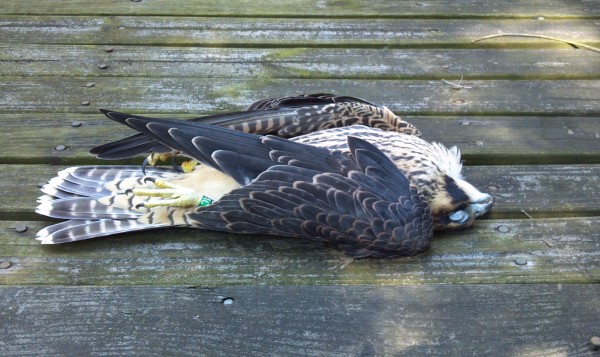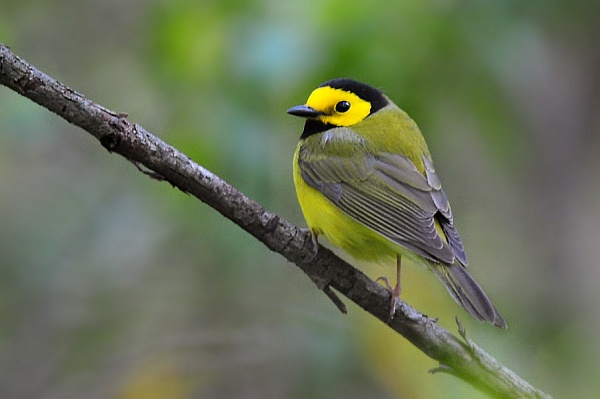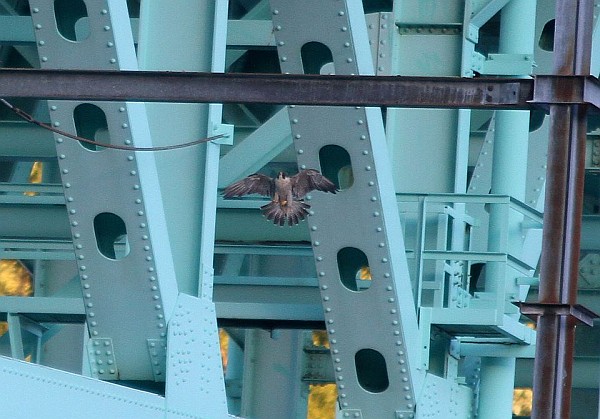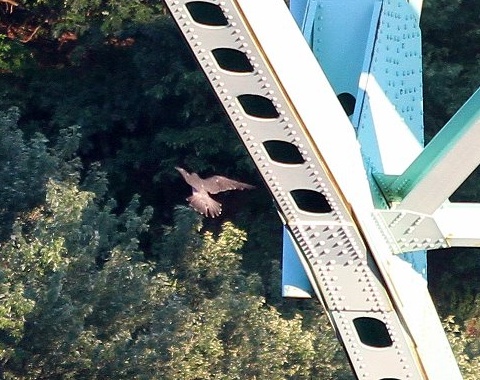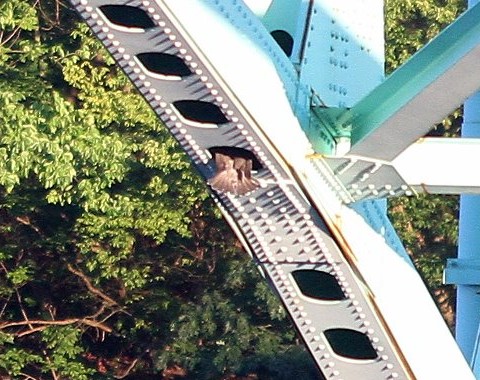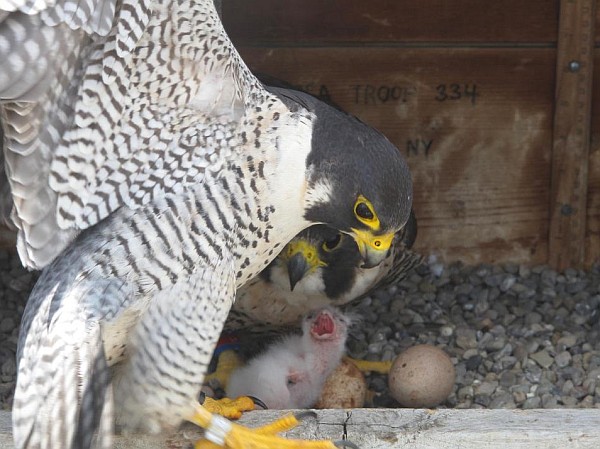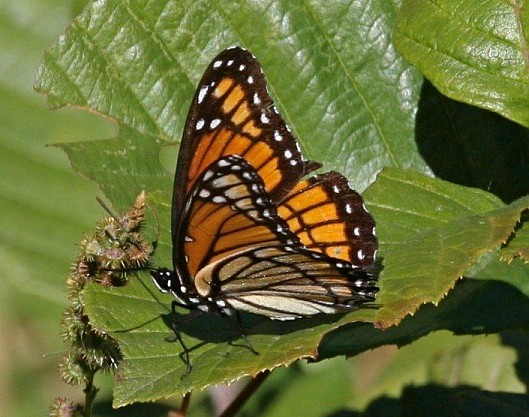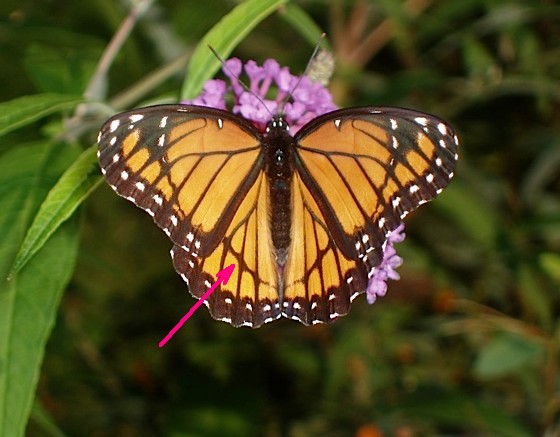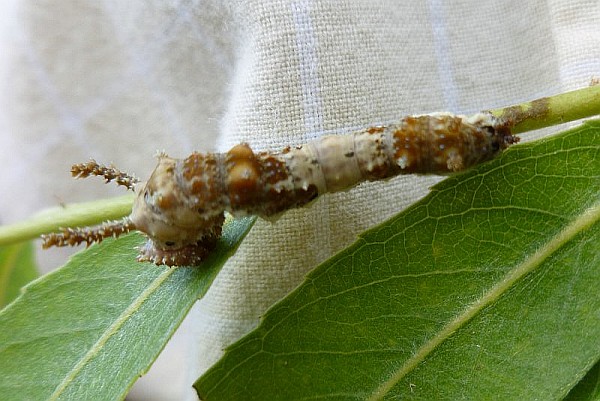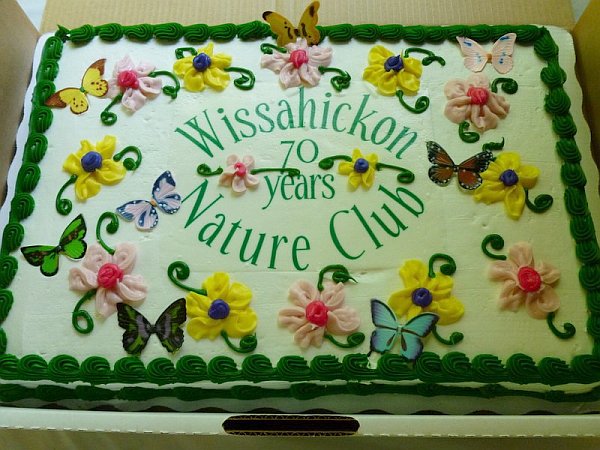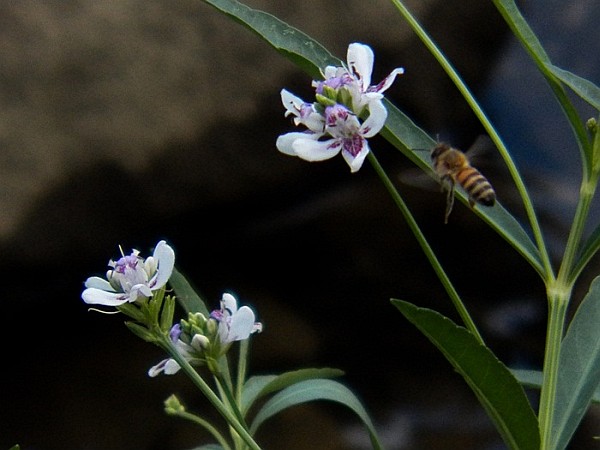
Here’s a beautiful wildflower that’s blooming now in western Pennsylvania.
Water willow (Justicia americana) attracts your attention because the plant is three feet tall with unusual flowers 1.5 inches across. The flowers are shaped almost like an iris, white with purple accents.
Water willow got its name from its two most obvious characteristics: it’s a perennial water plant and it has long leaves that resemble willow leaves.
But it’s not a willow. It grows from rhizomes in swamps or along the wet edges of streams, rivers, and ponds. You can’t grow it in your garden; it has to have wet feet.
Sharon Leadbitter found this one along the Allegheny River near the Tarentum Bridge. I’ve seen it growing in Slippery Rock Creek, the Youghiogeny River at Ohiopyle, and in Chartiers Creek at Boyce-Mayview wetlands.
If you visit the water’s edge this weekend, keep an eye out for water willow. You might find a large colony of it.
(photo by Sharon Leadbitter)


